Design Process
During this assignment my main goal in the design of these vases was to have rounded curves. My initial goal was to create a flower like pattern with the points and use a curve. While playing around with the script and creating my own f(theta) function, I found that the original function I was creating took quite a bit of time to render when the parameters were changed. Finally I settled on using a sin function to manipulate the radius of a circle to recreate waves messing with the wave frequency in relation to the number of steps around the circles radius. To add even a little more of a flowy organic shape to the vases I use pythons Random library to add a random deviation to the points as they are calculated
Vessel 1
Vessel one was purely experiment. I was mainly focused on how the change of variable n (# of points around the circle) was effecting the outcome of the waves. In this vessel the wave amplitude was hard coded to be 10 and the wave frequency to be 5.
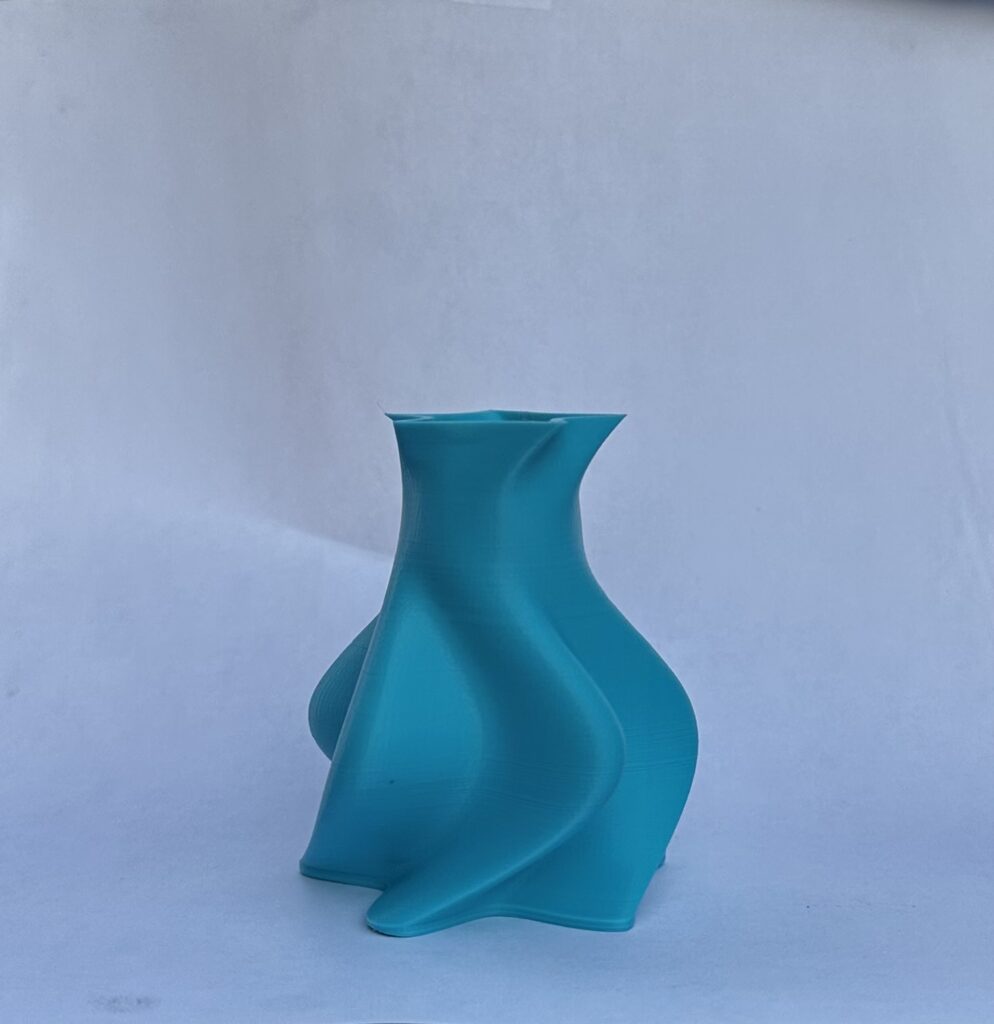
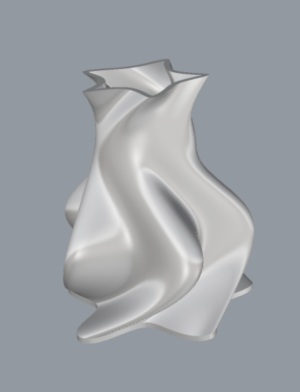

Vessel 2
When adjusting the parameters of vessel two my intention was to see the correlation between the number of points around the circle and the wave frequency. In this code I added the option to alter the wave frequency for each curve, while keeping the wave amplitude at 10.
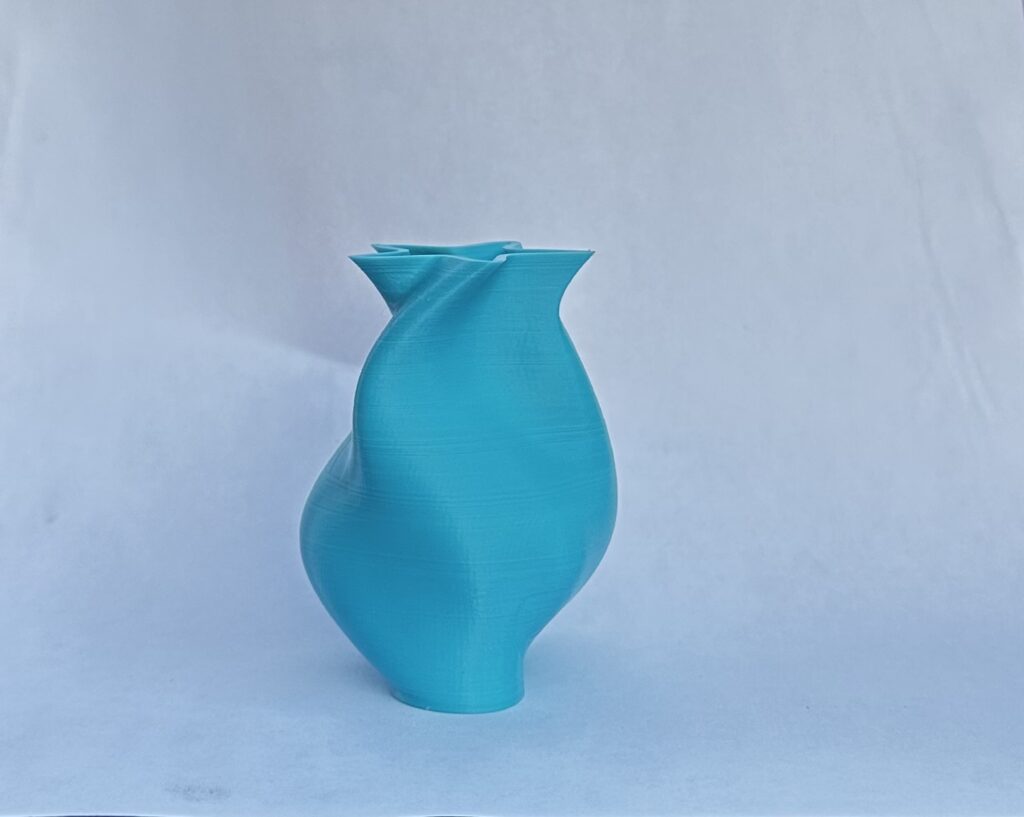
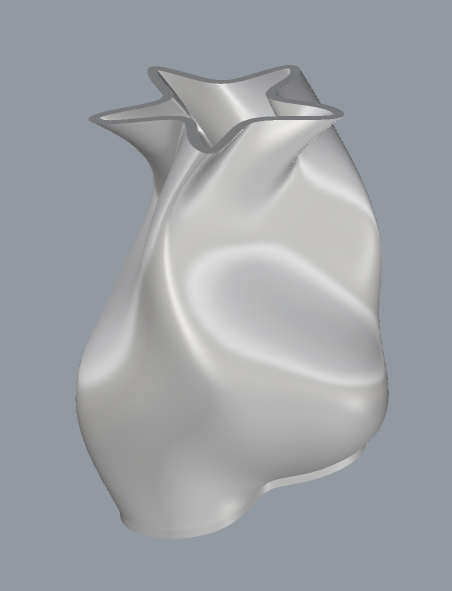
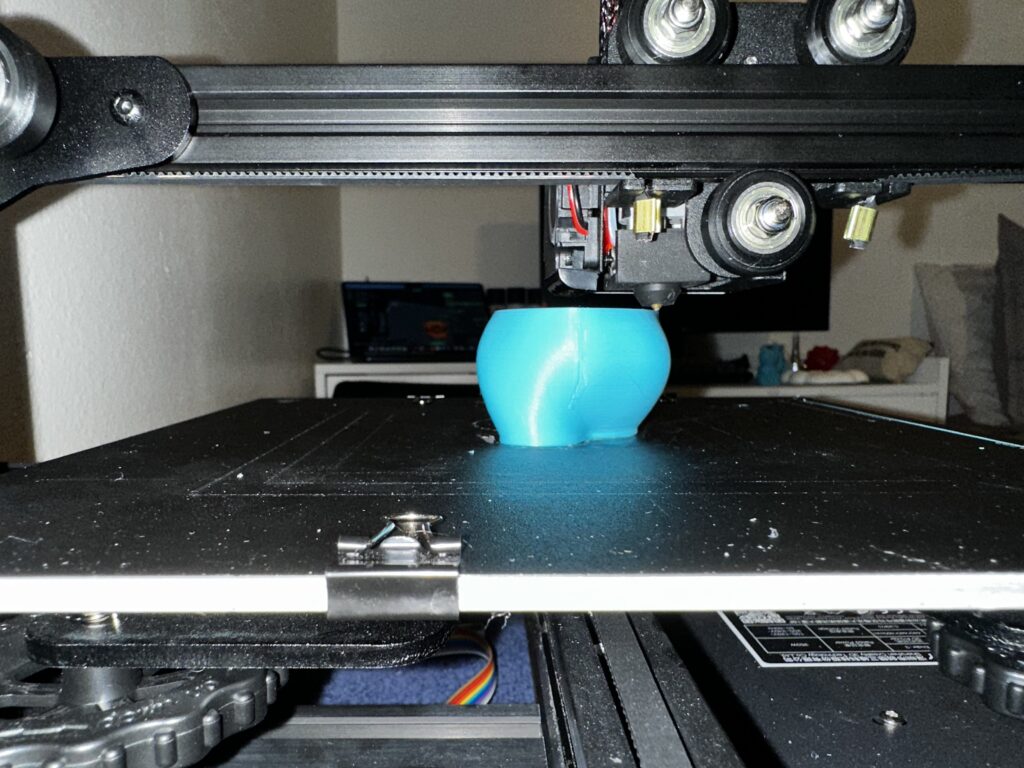
Vessel 3
For vessel three I wanted to see how far I could push the parameter of the wave frequency with the number of steps. The higher the frequency the more drastic the curves got. The vase was a bit tricky to get right. Increasing the frequency while leaving the number n at a lower value caused many holes in the vessel.


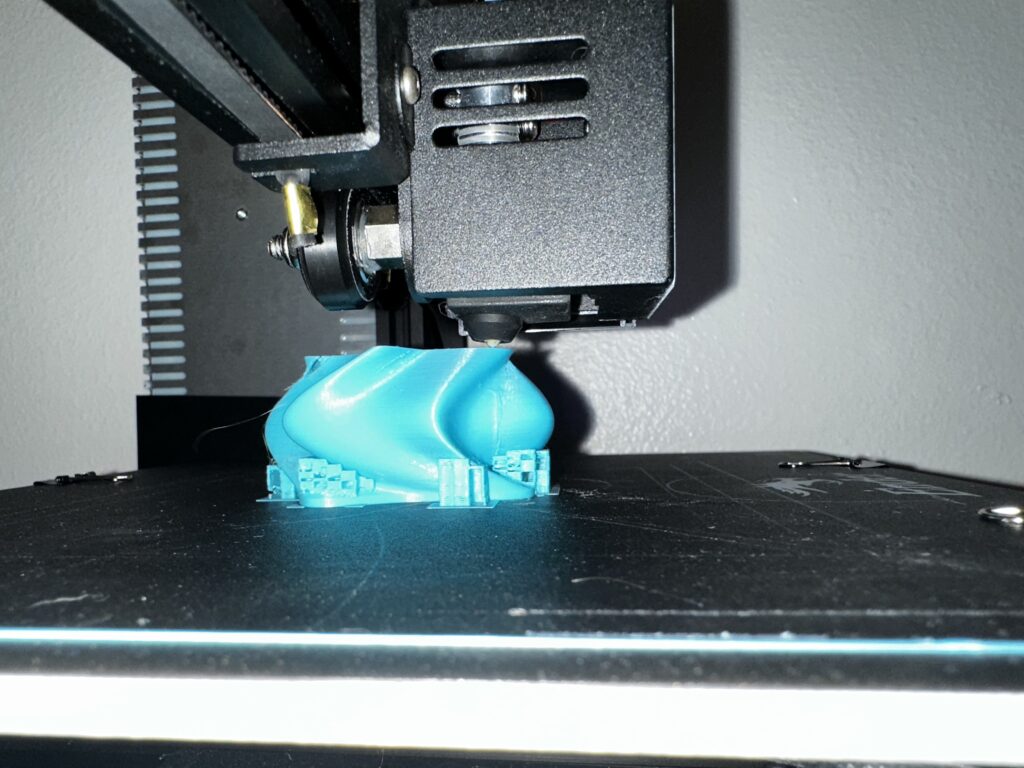
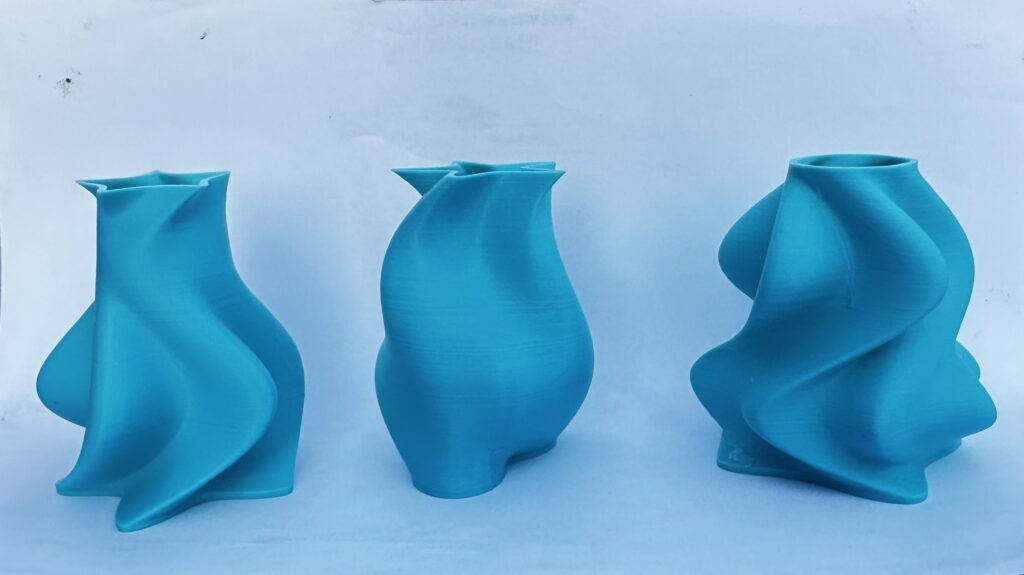
Parametric Design Process
Creating objects though programming allowed me to create more uniform and thoughtful designs. By easily adjusting parameters, I was able to automate my design process, making it more efficient. The parametric design allowed me to create something without the hassle of trying to manually create the points and allowed me to incorporate functionality such as randomness at a consistent level. The greatest advantage of this approach is the ability to apply precise, logical thinking to design consistently, allowing for more deliberate and calculated outcomes. However, one downside is the potential loss of the natural, human touch that traditional art often embodies. I do believe that the parametric programming approach can be challenging for those unfamiliar with programming to grasp this method of design.
Creative Agency and Intent
My design goal for the vessels was to have rounded curves on the vessels almost simulating flower petals. While creating python scripts I had trouble with the computation of the functions, they took a long time to render. Finally in pursuit of created rounded waves around a circle I used the sin function to create the oscillation of points in the radius of the circle. Using the sin function allowed me to create similar shape of flower petals. After changing the parameters of the wave amplitude and frequency I wanted to add more of an organic look to the vases so I added a random deviation between [-2 ~ 2] to the radius of each point. Adding the random deviation gave more of an organic look to my vessels.
I have mixed thoughts of my authorships of each vessel. I spent quite a bit of time adjusting parameters and seeing how far I could push the limits without there being holes. I find authorship in the design of each shape and how each vessels flows. I feel some detachment with the vessel designs because of the automation.
Challenges and Problems
While creating these vessels as mentioned above I have trouble witch computational speed. Unfortuentely I did not have time to optimize my code to make the creating of the curves faster. One other issue I had was with print quality. I had to print vessel one twice, some of the edges were weak and had small gaps that were visible. One thing I also noticed when changed the quality from 0.16 to 0.12 were the visiblity of the the steps in the curves. Finally the last issue I had was in printing vessel three. In rhino my vessel had no holes, but in my slicer on some sharper edges small holes appeared where the nozzle was picking up.
I really like all of your prints, the curves are very interesting and eye catching. I think you succeeded in your attempt for an organic design. Adding some randomness to it was a creative idea. Hopefully Dr. Beachleys suggestions in class will help with the rendering lag. Did you happen to try anything she mentioned already? I experienced a bit of lag in mine as well.
Hi Elektra!
I appreciate your comment😎. One of the main thing I attempted to try in my python script was to extract computations that kept getting re-calculated unnecessarily. I did not notice much of a change at all. When creating my shapes I did find however that double clicking on the sliders and typing the value I wanted was significantly faster than trying to slide the slider.
Hey Andrea! Your prints are incredibly fascinating I like the curvature and your designs definitely have an organic feel. Did you have any issues with the randomness of your programs? Like having to repeatedly run it to get a shape that didn’t have holes in the slicer or was that process smooth?
When it comes to your reflection I agree that when using parametric design some human creativity and touch is lost. Personally, I felt less accomplished when finishing my designs even though I liked how they came out. How did you feel about yours in the end?
Hi Ryan👋🏼,
I did have trouble with generating vases without hole in them I had to go quite slow in changing variables so I could see what would cause the holes. It was tedious but also very interesting. I was happy with the way my vessels turned out, I liked the similarities that can be seen between then but I also would like to see new shapes within them as well.